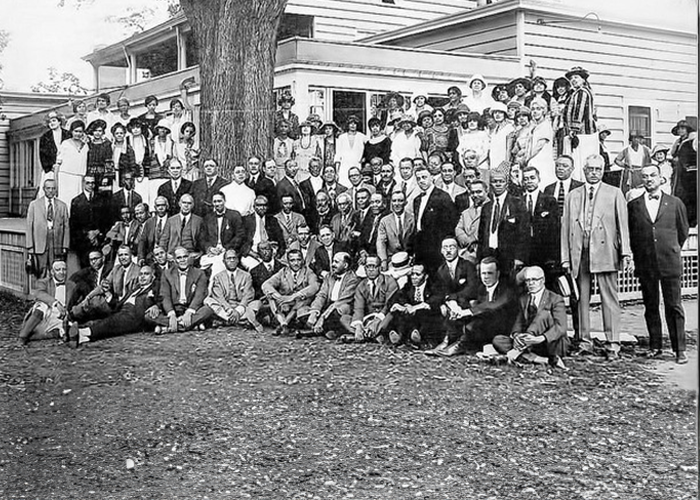A Historic Transition
In 1921, the Westfield Golf Club sought to expand, collaborating with the Cranford Golf Club to form Echo Lake Country Club. In their expansion, they chose to respect the legal rights of local black homeowners. This decision opened a path for a monumental development in American golf and social history.
On September 21, 1921, a transformative event took place. The Progressive Realty Company, Inc., a group of black investors, made a landmark purchase of the former Westfield Country Club. This action led to the creation of Shady Rest Country Club, distinguishing it as the first African-American-owned country club in the nation.
The Establishment of Shady Rest Country Club
A transformative era began for our property in the early 20th century, when the Progressive Realty Company, Inc. acquired the Westfield Golf Club, paving the way for the birth of the Shady Rest Country Club. This acquisition was more than a mere change in ownership; it was a cultural milestone. Shady Rest was established with a vision to provide a comprehensive recreational and entertainment experience for people of all ages, offering activities ranging from golf and tennis to horseback riding and skeet shooting.
A Cultural Beacon
Shady Rest soon became an emblematic space within the African American community, epitomizing luxury, culture, and social congregation.
As Told by Swing City
Barbara J. Kukla's Swing City: Newark Nightlife, 1925-1950, describes the club as a haven for the affluent African American society.
The Dining Room's Legacy
Hosting figures like W.E.B. DuBois, Count Basie, and Billie Holiday, the dining room became a vibrant hub of cultural and social interaction.
A Cultural Beacon
Shady Rest soon became an emblematic space within the African American community, epitomizing luxury, culture, and social congregation.
As Told by Swing City
Barbara J. Kukla's Swing City: Newark Nightlife, 1925-1950, describes the club as a haven for the affluent African American society.
The Dining Room's Legacy
Hosting figures like W.E.B. DuBois, Count Basie, and Billie Holiday, the dining room became a vibrant hub of cultural and social interaction.
A Visionary Establishment
Shady Rest was founded with the mission to provide a recreational haven for all ages, featuring a variety of activities including golf, tennis, horseback riding, and skeet shooting. It stood as a cultural milestone, offering a welcoming atmosphere for the African American community to gather, engage in leisure activities, and enjoy the company of esteemed guests such as W.E.B. DuBois and others.
Accompanying this new beginning, the original logo of Shady Rest was created, representing the unity and forward-thinking spirit of its members. This logo soon became a symbol of pride and progress within the African American community.
The Negro Motorist Green Book
Shady Rest Country Club was a safe haven to African Americans as listed in the The Negro Motorist Green Book; a guidebook for African Americans navigating Jim Crow laws. Founded by Victor Hugo Green, from 1936 to 1966, African Americans could take refuge at the course. The second and third floors of the clubhouse consisted of bedrooms that housed people from time to time.

